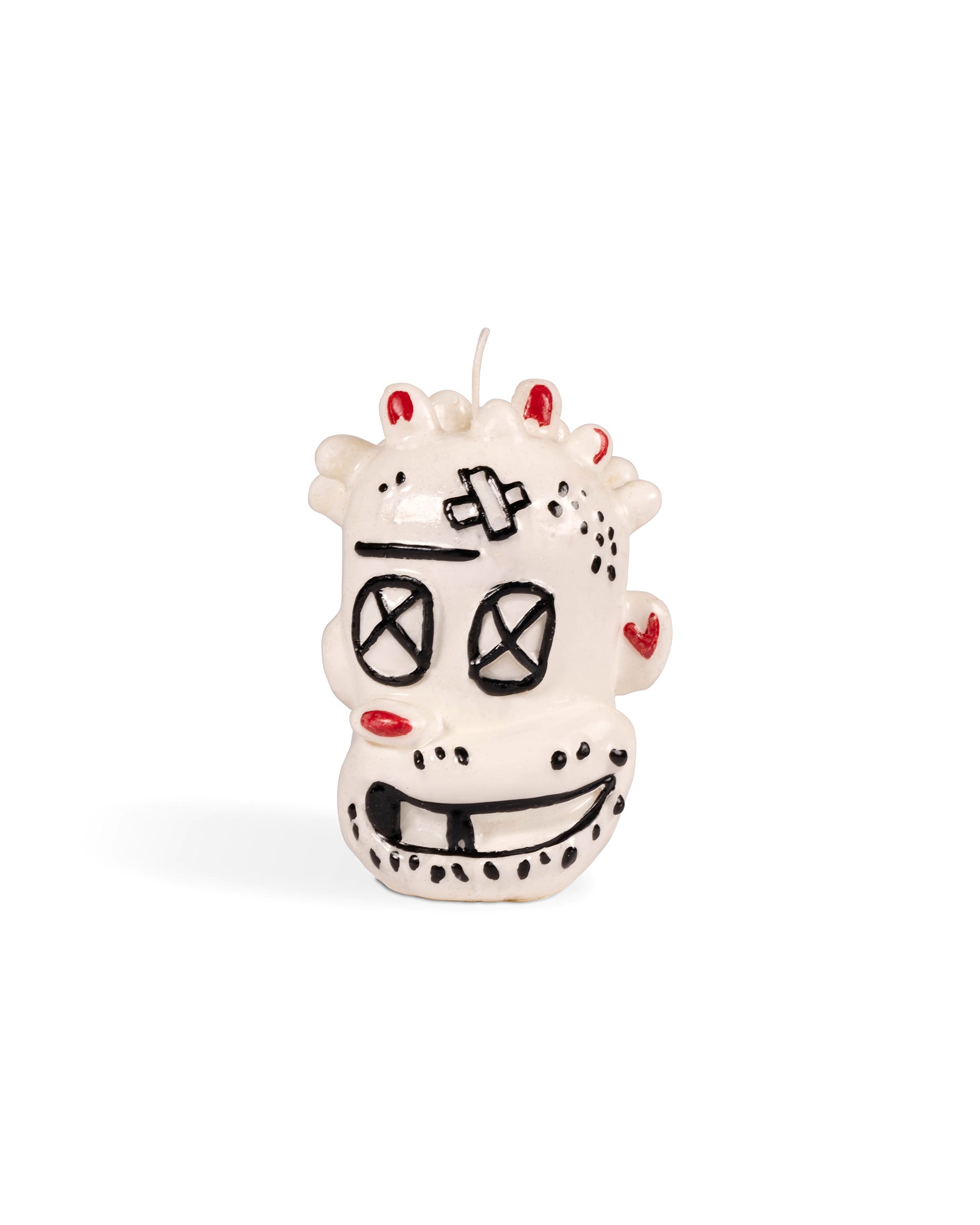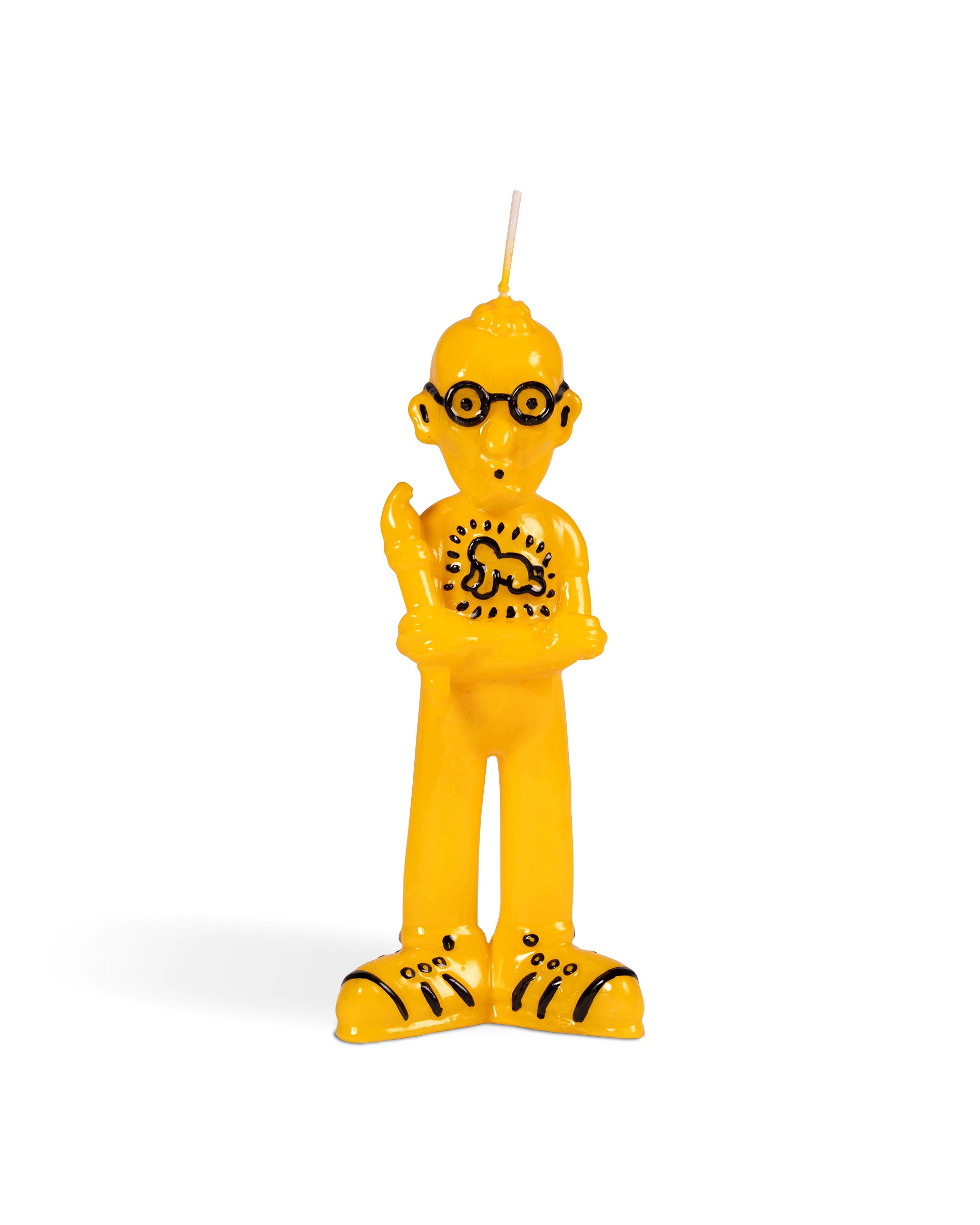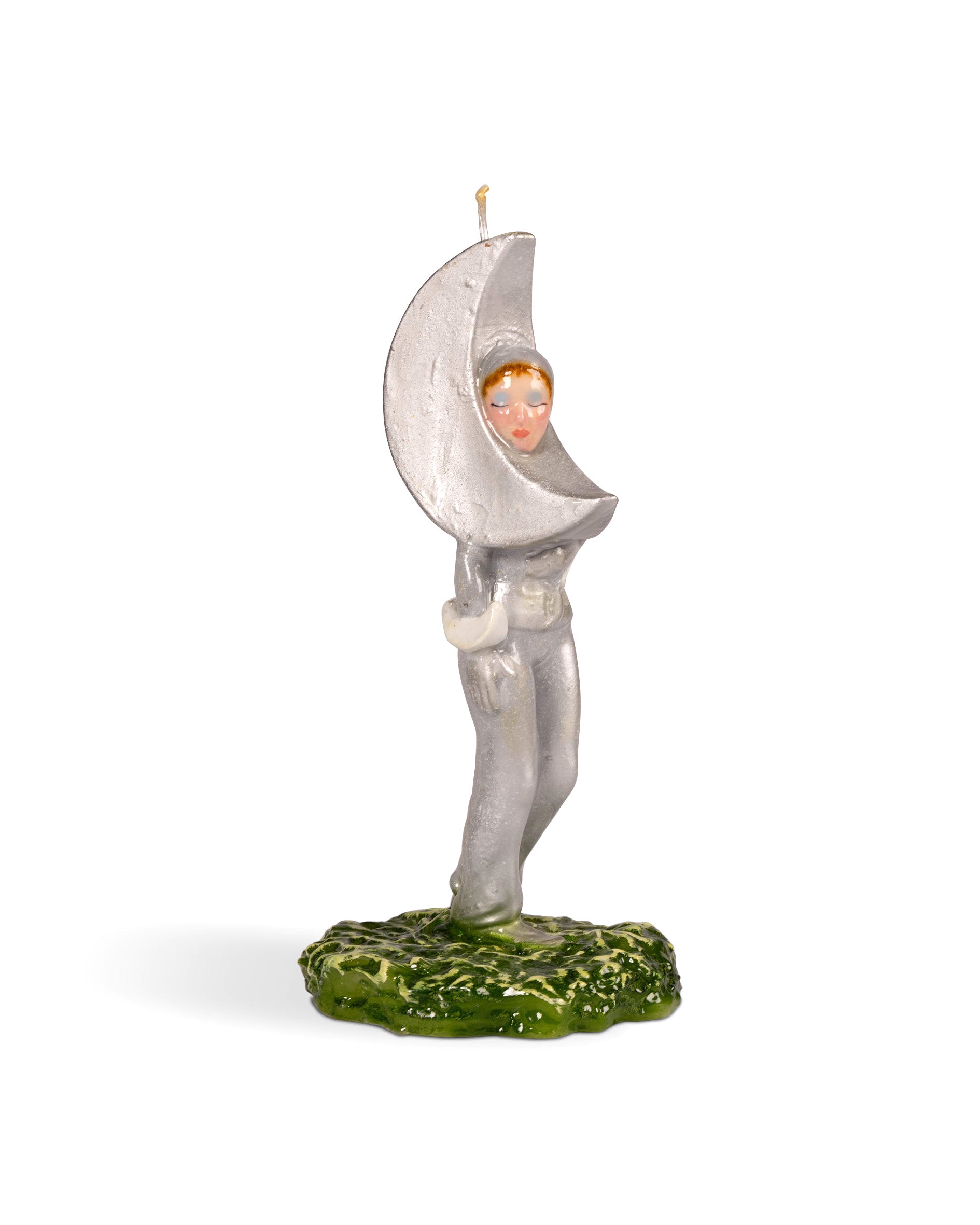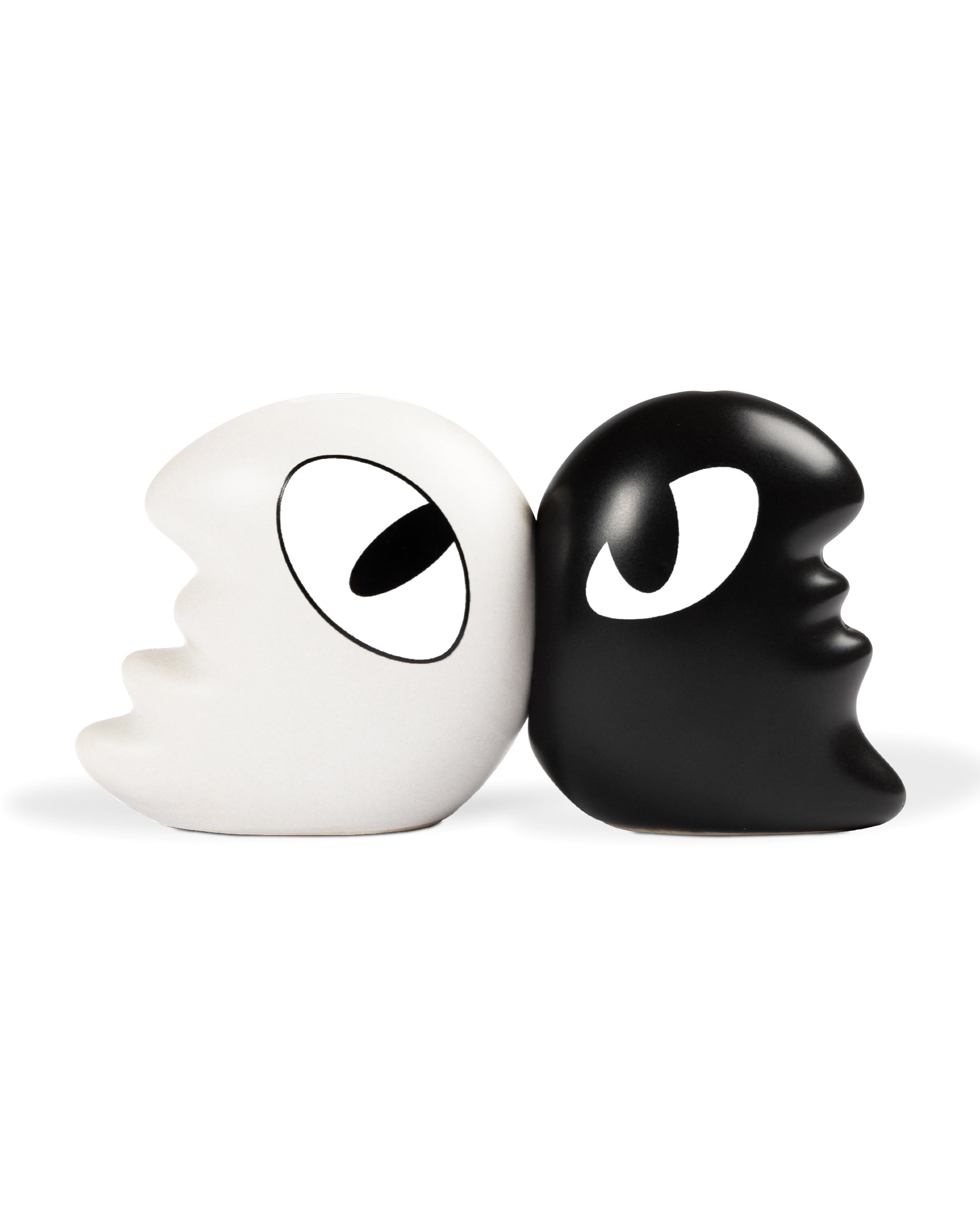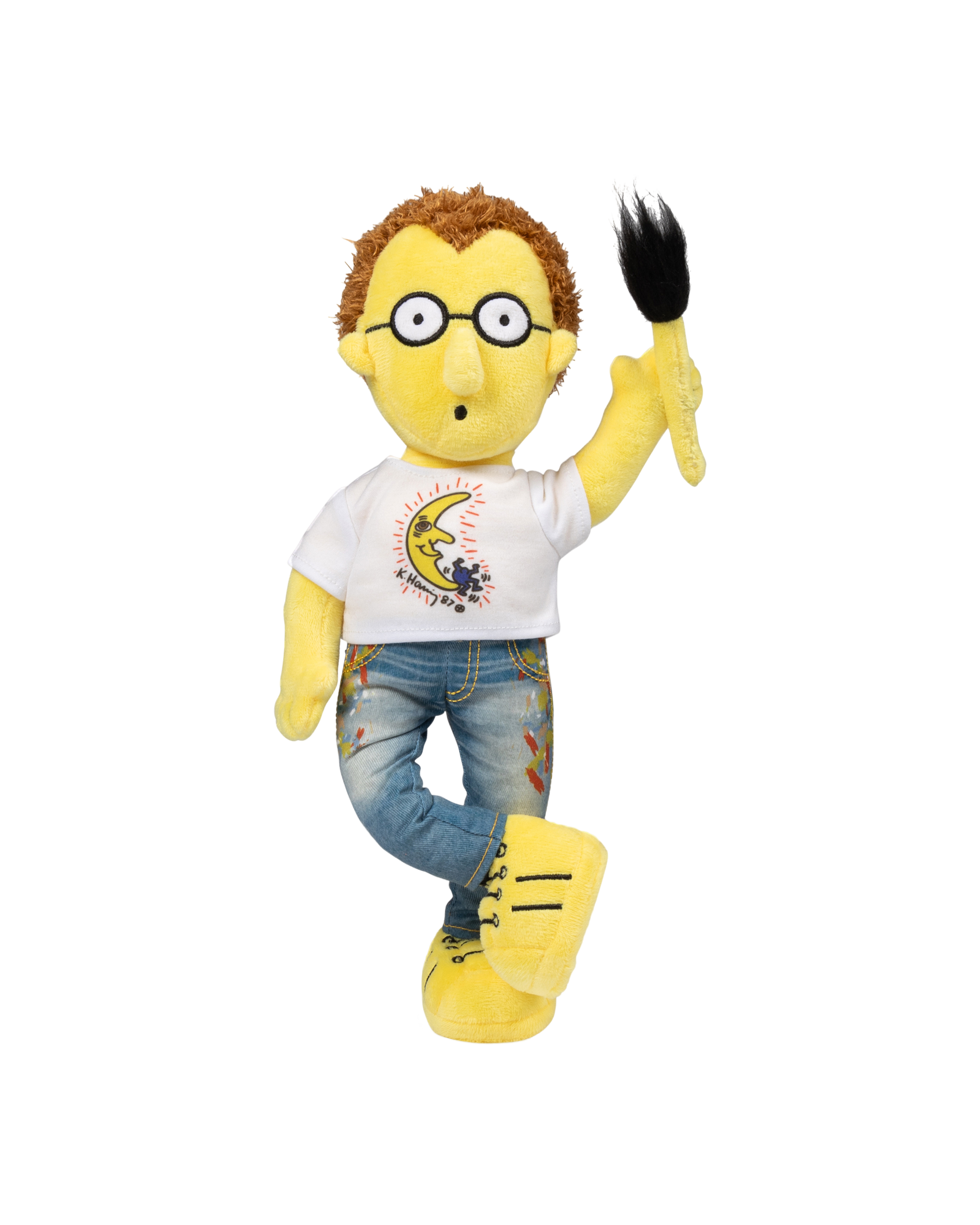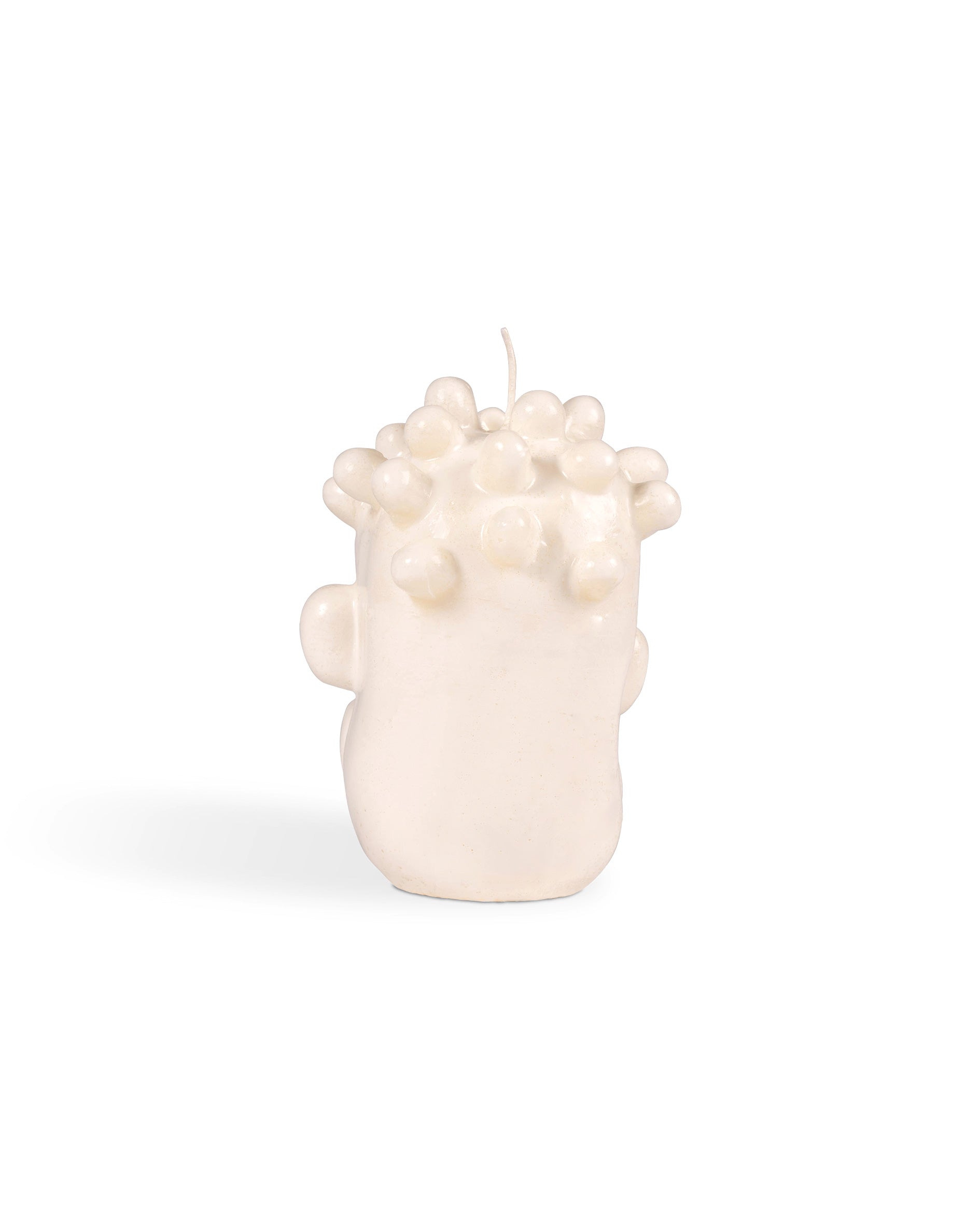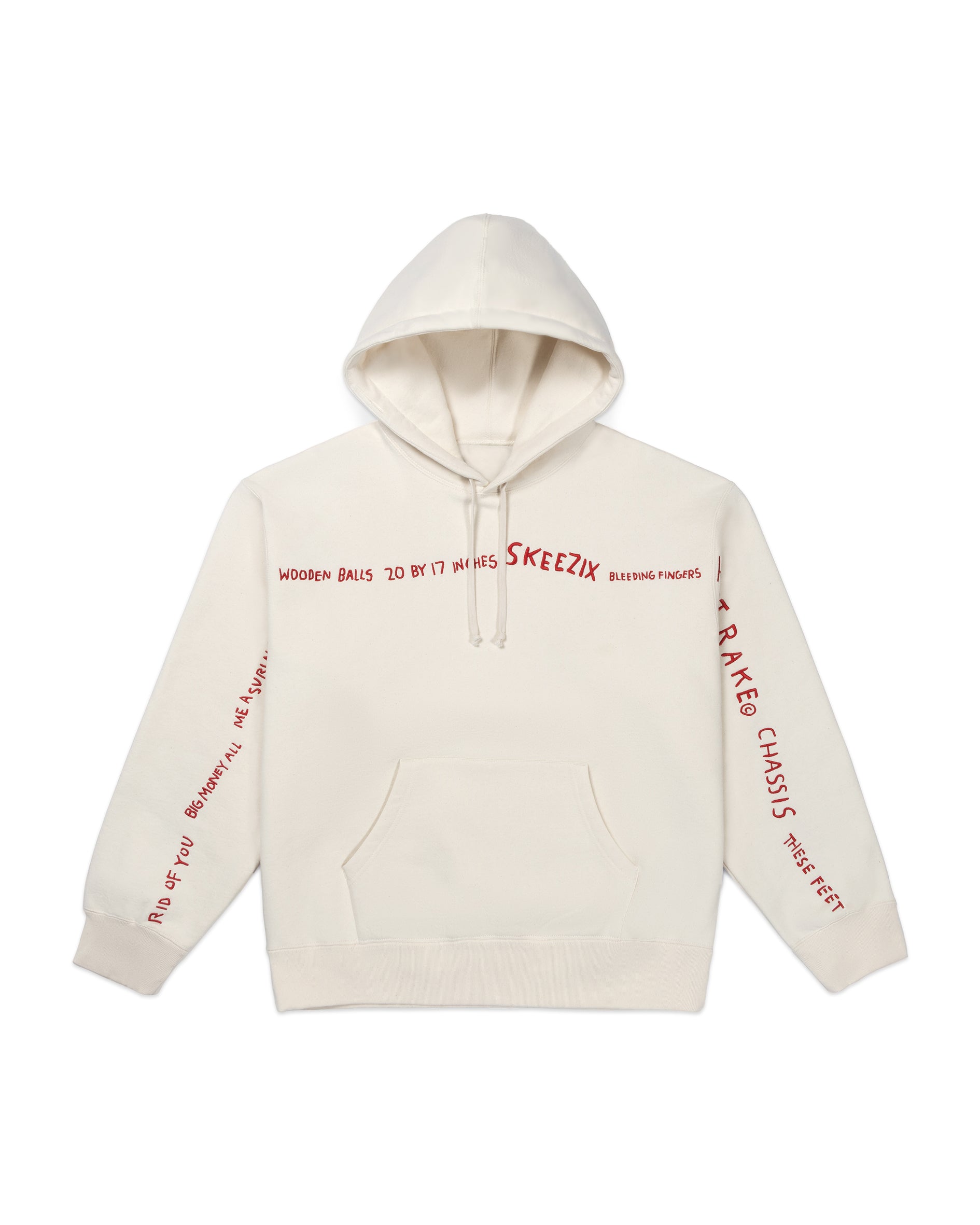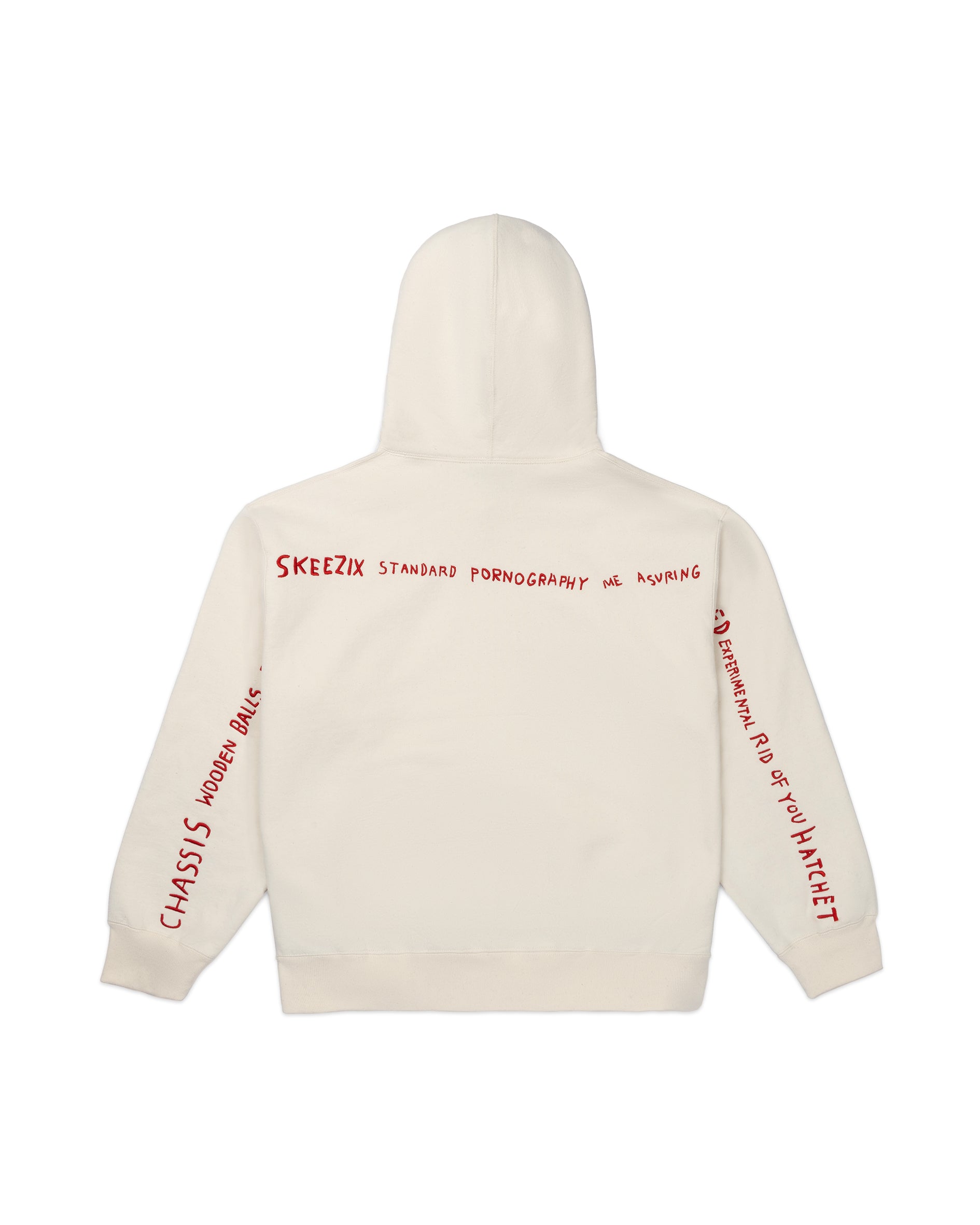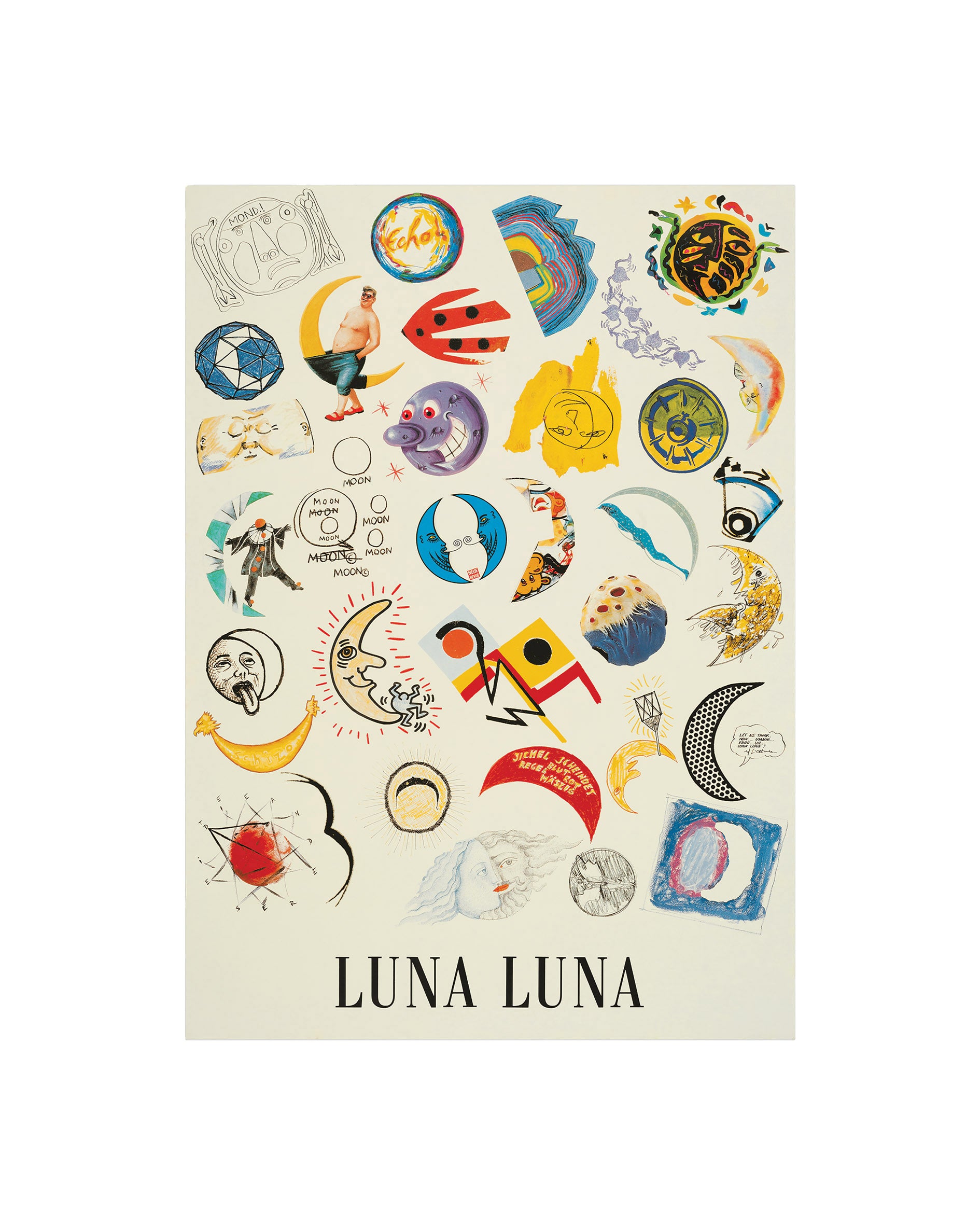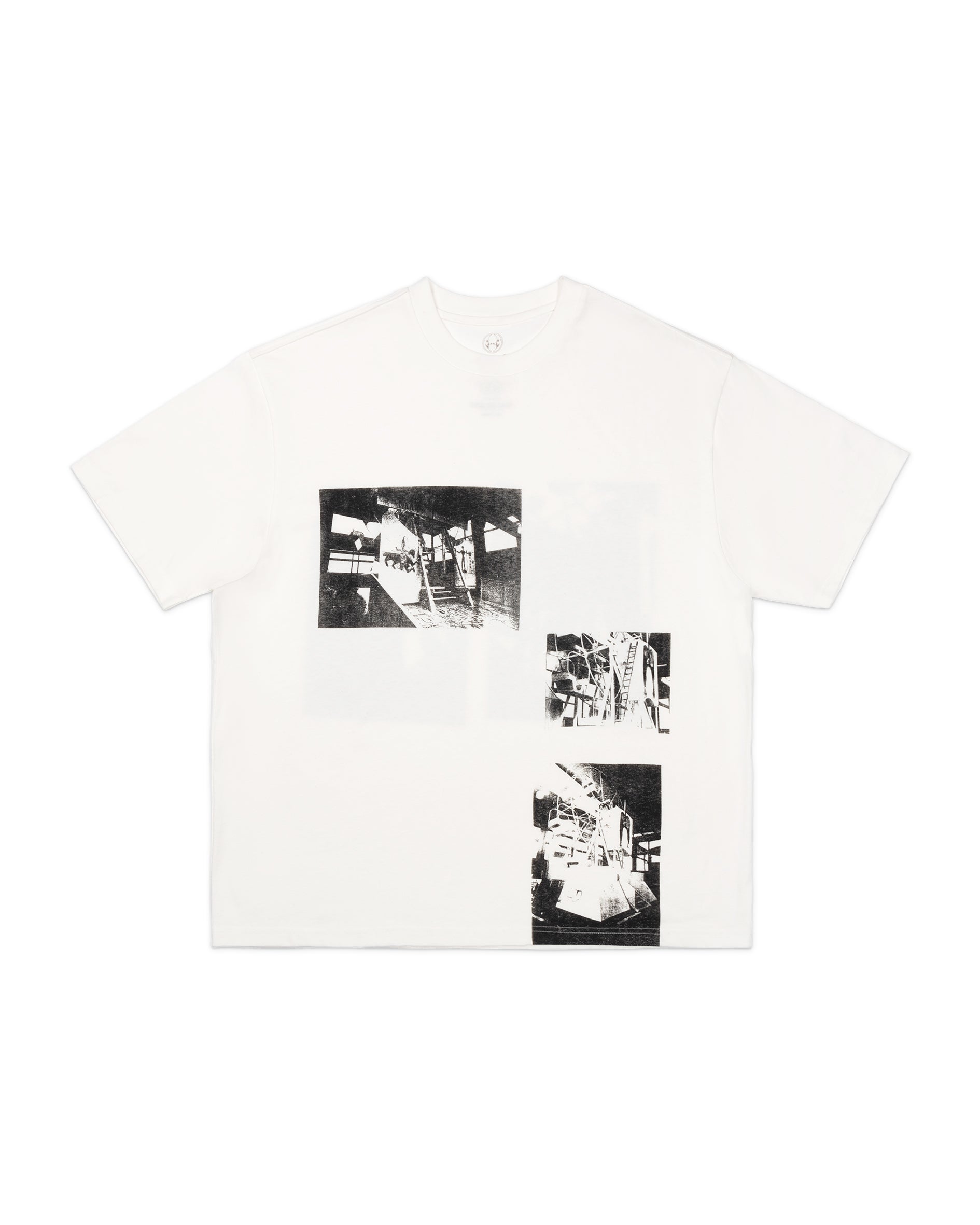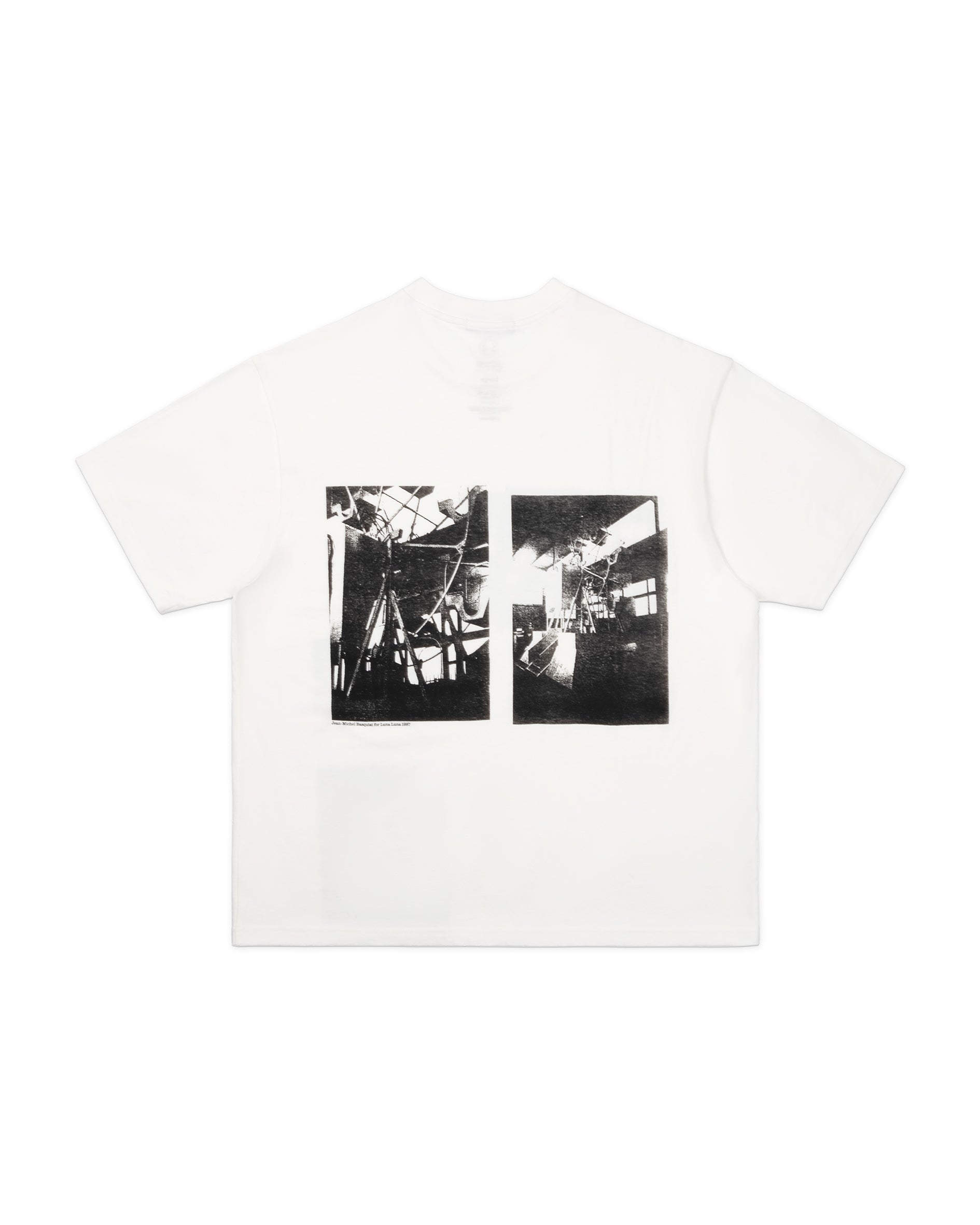Davis's song, “Tutu," accompanies Basquiat’s Ferris Wheel for Luna Luna.
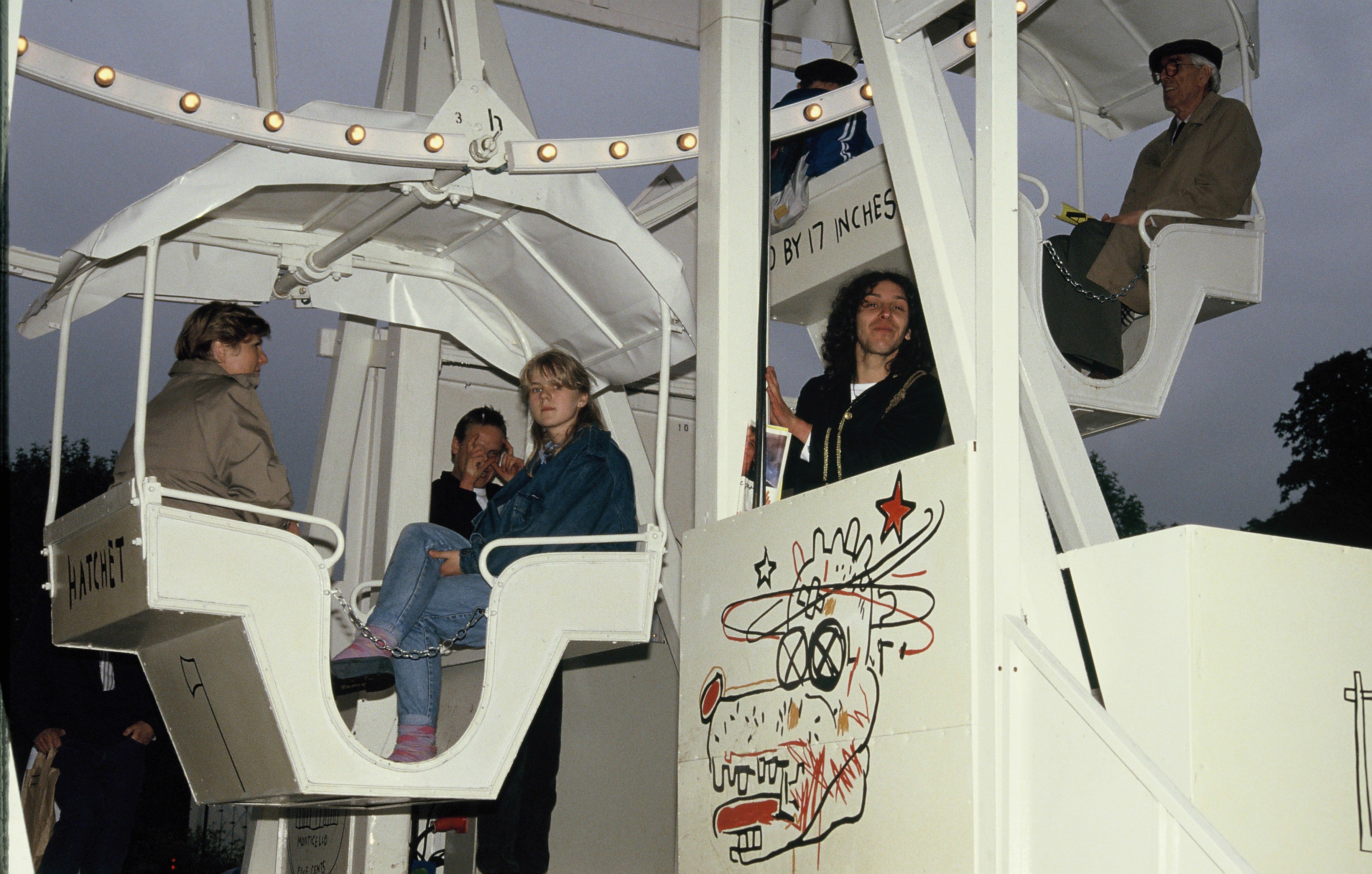
Fairground view: Jean-Michel Basquiat, Painted Ferris wheel with music, Miles Davis, "Tutu". Luna Luna, Hamburg, Germany, 1987.
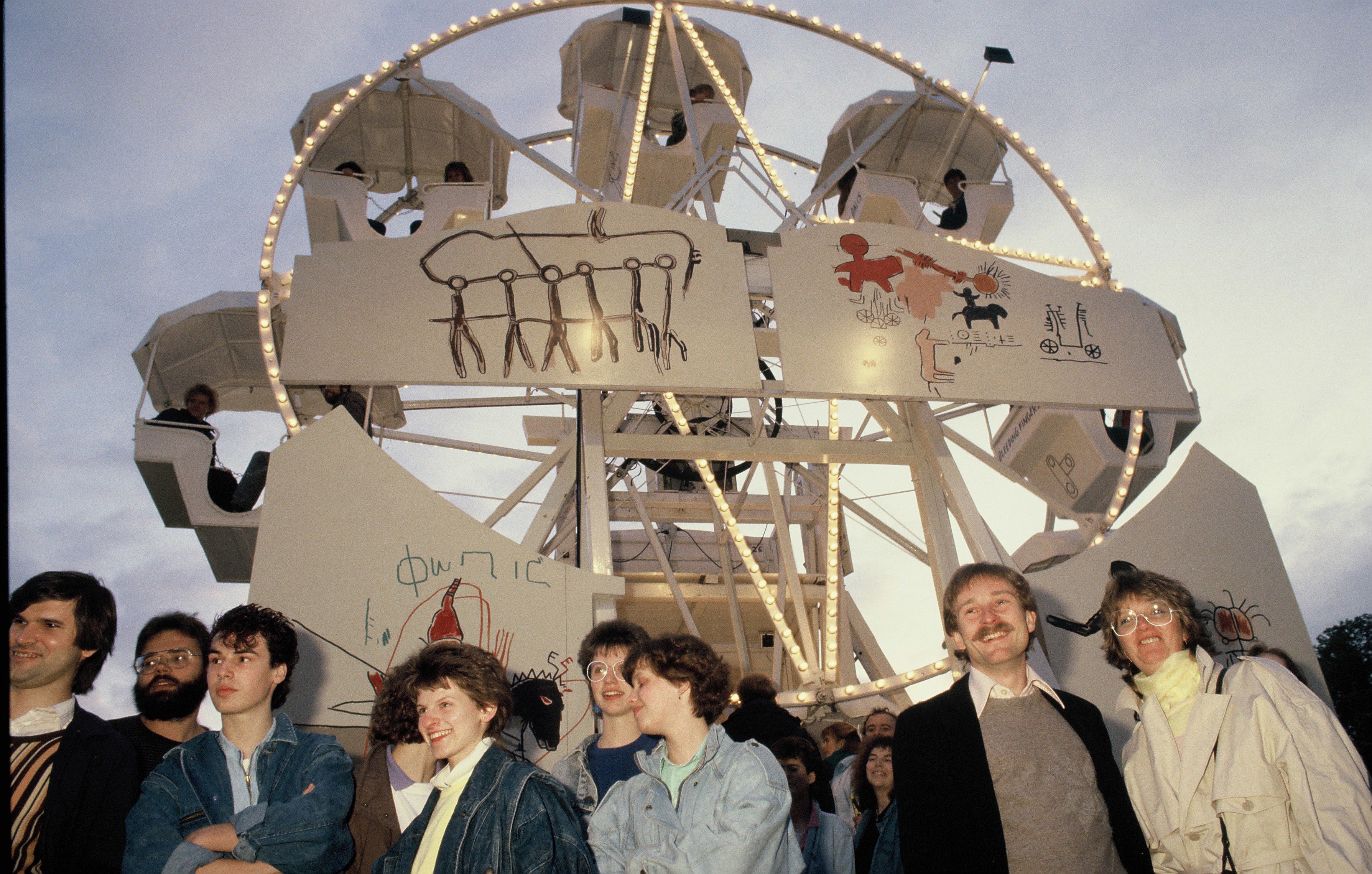
Fairground view: Jean-Michel Basquiat, Painted Ferris wheel with music, Miles Davis, "Tutu". Luna Luna, Hamburg, Germany, 1987.
Miles Davis, one of the most influential jazz musicians of the twentieth century, started playing trumpet at the age of thirteen. In 1944, he began to study at Juilliard in New York City while simultaneously working gigs on 52nd Street, the nucleus of jazz clubs at that time, with Charlie Parker and Dizzy Gillespie, pioneers of bebop—a style that rejected the dance rhythms of big-band swing jazz and highlighted improvisation and extended solos.
Instead of providing sheet music, Davis asked his collaborators to respond to sketches, inviting
them to improvise without restriction.
Davis, whose influence cannot be overstated, assembled several bands that included John Coltrane and Herbie Hancock, musicians who later became legends in their own right. Instead of providing sheet music, Davis asked his collaborators to respond to sketches, inviting them to improvise without restriction. The result was uninhibited and dynamic music that spans from romantic to frenetic. In addition to music, Davis also made paintings and drawings.
When André Heller approached Jean-Michel Basquiat, Basquiat stated that he would only participate if his Ferris wheel was accompanied by one of Miles Davis's songs. “Tutu” combines sounds from drum machines, samplers, and synthesizers with acoustic trumpet recordings, reflecting Davis’s embrace of innovative new technologies to create distortion and repetition. This pairing emphasizes Basquiat’s deep interest in jazz—his musician heroes frequently appear in his work—while also highlighting the role of improvisation as an art form itself in both Basquiat's and Davis’s work.

